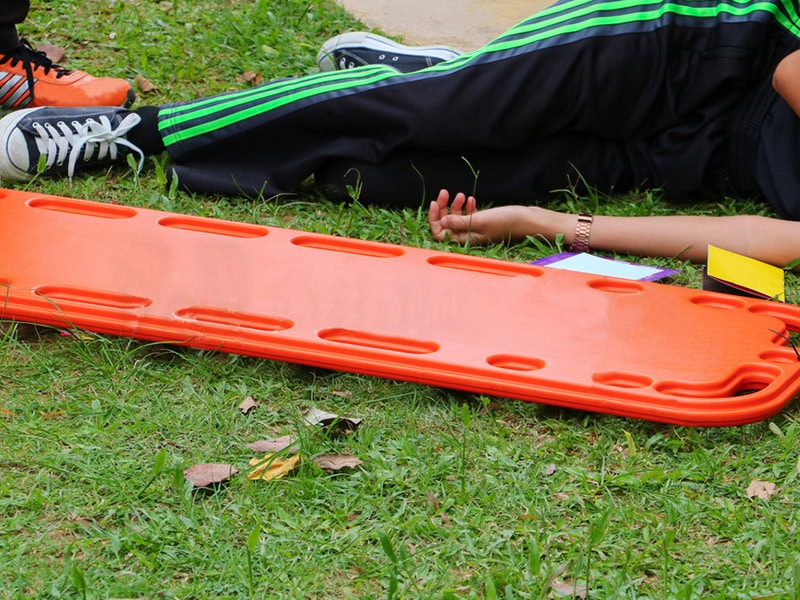Introduction
When seconds count, proper immobilization can mean the difference between recovery and permanent injury. Spine boards play a vital role in emergency rescue and trauma care, helping first responders stabilize patients with potential spinal injuries.
In this article, we’ll explore:
- When and why spine boards are used
- Their design features and safety benefits
- Types of spine boards and how to choose them
- How Jiekang supports rescue professionals globally
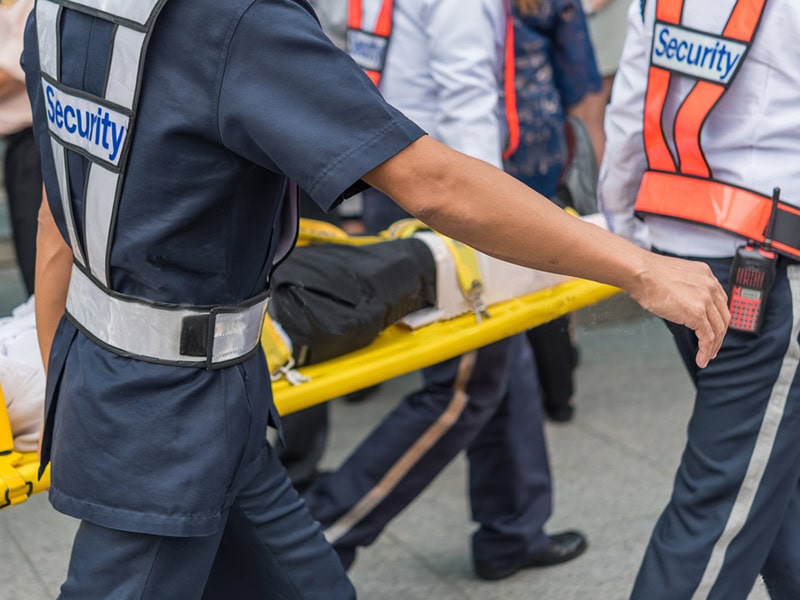
What Is a Spine Board?
A spine board—also called a backboard—is a rigid, flat device used to immobilize the head, neck, and spine during patient transport. It’s critical for trauma victims with suspected spinal injuries, including:
- Road traffic accidents
- Water rescues
- Industrial injuries
- Falls from heights
- Sports-related impacts
Paired with proper accessories like cervical collars or head immobilizers, spine boards reduce the risk of further spinal damage.
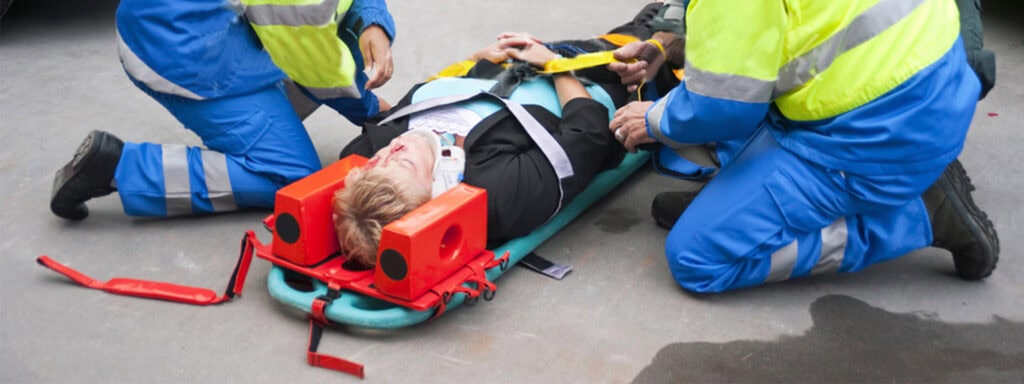
Why Spine Boards Are Critical in Rescue Situations
1. Spinal Protection
Spine boards restrict spinal movement during evacuation, which is essential in preventing permanent injury.
2. Fast Deployment
Modern boards are lightweight and include integrated strap systems for rapid immobilization—especially in chaotic emergency settings.
3. Versatility
Jiekang boards are waterproof and X-ray transparent, ideal for both ambulance transfers and outdoor field rescues.
For instance, lifeguards rely on spinal boards during aquatic emergencies. These are often part of the broader rescue equipment setup in professional safety organizations.

Different Types of Spine Boards
At Jiekang, we manufacture several spine board types tailored for different environments:
- Standard PE Boards: Lightweight and waterproof
- Carbon Fiber Boards: Ultra-strong and suitable for high-stress rescue
- Foldable Boards: Compact storage and easy to deploy in tight spaces
In mass-casualty events or marine rescues, spine boards are often secured into rescue stretchers to improve mobility across rough terrain.
When Should a Spine Board Be Used?
A spine board should be used whenever spinal trauma is suspected—even without visible injuries. Common indicators include:
- Severe neck or back pain
- Numbness or tingling in limbs
- Loss of motion or unconsciousness
- Visible trauma to the spine
Teams must avoid excessive movement of the patient before full stabilization. For water rescues, a spinal board combined with a life vest can offer floatation and immobilization simultaneously.
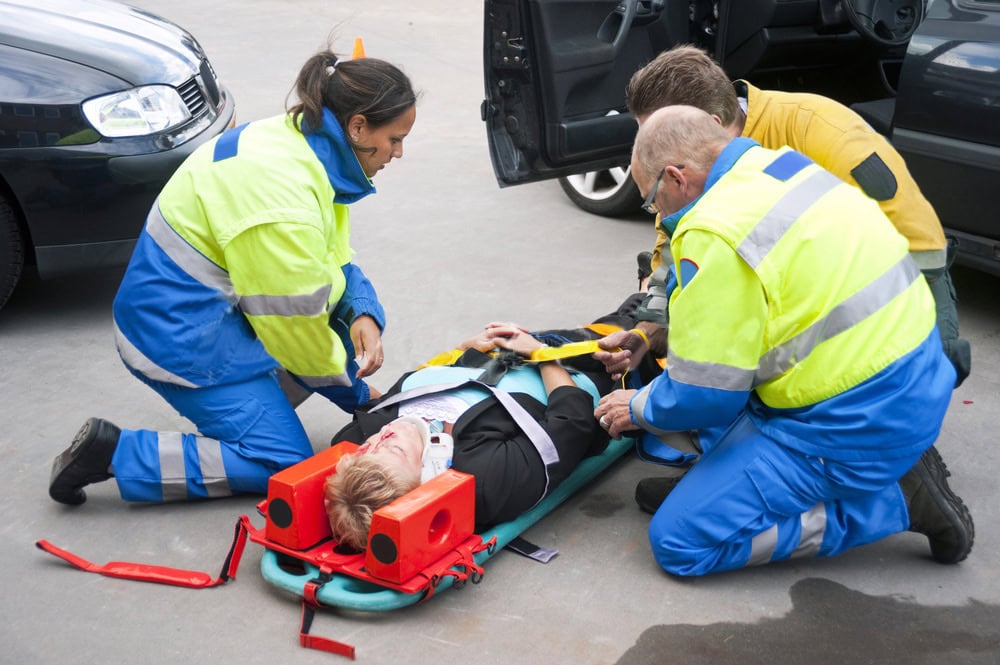
Real-World Applications
Ambulance Services
Spine boards are commonly used to move patients from crash sites to emergency vehicles. Many ambulance stretchers are designed to accommodate a spine board for uninterrupted support.
Mountain Rescue
In wilderness terrain, spine boards are inserted into scoop stretchers to allow safe patient lift with minimal spinal disturbance.
Clinics & Emergency Rooms
Backboards are essential in trauma triage. Hospitals working with Jiekang often maintain a stock of versatile backboards for quick deployment.
How to Choose the Right Spine Board
Key selection factors include:
| Feature | Reason |
|---|---|
| Material | PE = waterproof; carbon fiber = high strength |
| Size & Capacity | Must support adult and pediatric patients |
| Restraint Straps | Should include adjustable safety harnesses |
| X-ray Transparency | Avoids moving patient during diagnostics |
Organizations may also consider stretcher supplier partnerships for volume purchasing or regional logistics support.
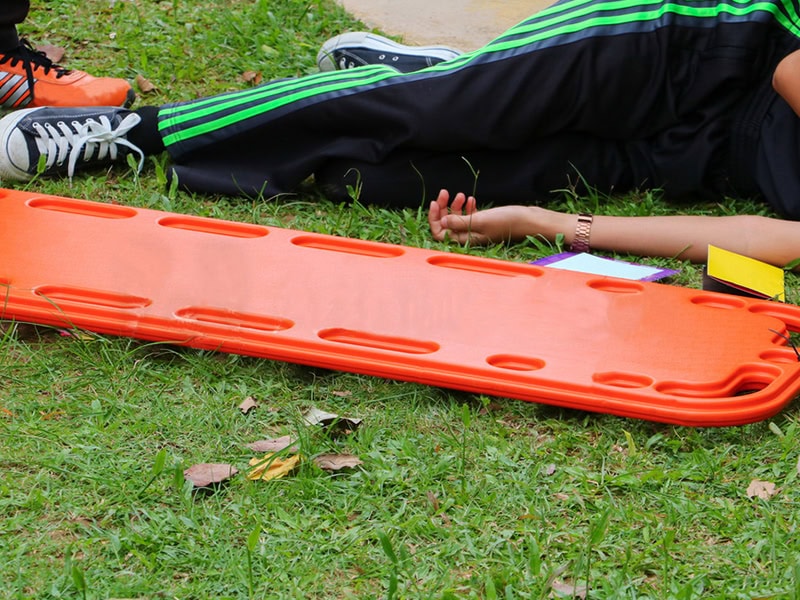
Pro Tip: Practice Makes Safe
Buying a spine board is just step one. Emergency staff must be trained to:
- Apply immobilizers and straps swiftly
- Use the log-roll method to avoid spinal twisting
- Coordinate team lifting in confined or angled locations
Even the best board won’t help if used improperly.
Ready to Equip Your Rescue Team?
A reliable spine board can be the key to saving a life during trauma or disaster. At Jiekang, we’ve helped clients in over 70 countries build their safety response systems with trusted gear.
Contact us today for expert guidance or to request a quote tailored to your needs.

